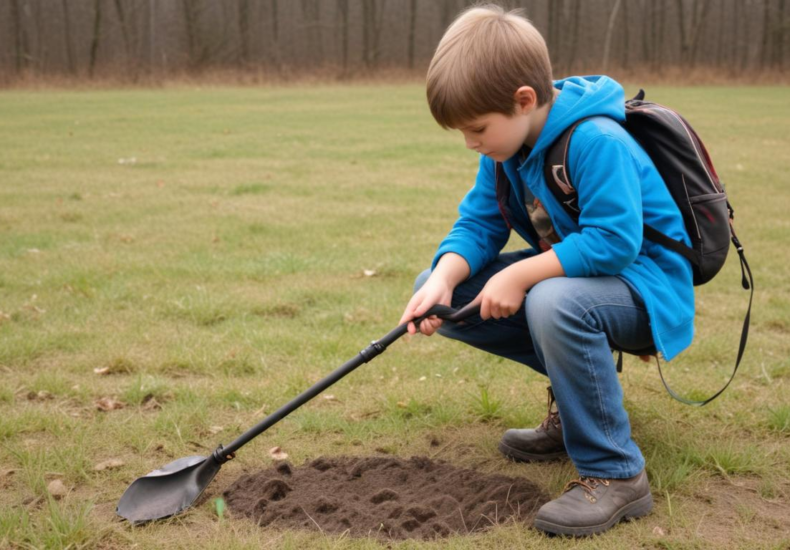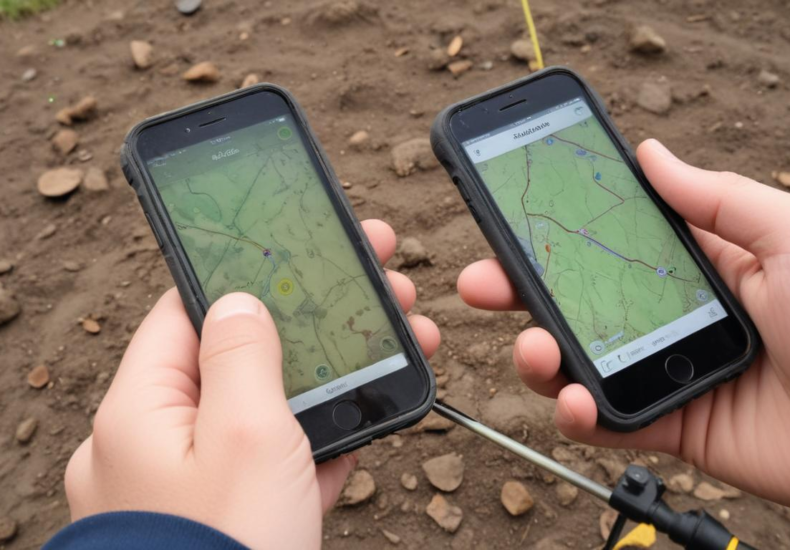Month: May 2025
How storms impact beach metal detecting opportunities
Storms dramatically reshape coastal landscapes, often exposing hidden treasures buried for centuries beneath the sand. This natural turmoil benefits beach detecting enthusiasts, providing unusual opportunities to uncover historical artifacts and valuable items previously inaccessible. As storms erode and redistribute beach sediments, they reveal deeper, older layers and occasionally deposit rare finds from the sea. However, these changes also introduce new challenges, requiring detectors to adapt their strategies to the evolving beach environment. Understanding the effects of storms on metal object redistribution is crucial for maximizing the treasure-hunting potential in the aftermath of severe weather.
Using GPS with metal detecting for accurate tracking
Integrating GPS tools with metal detecting transforms the hobby into a methodical and enriching pursuit, enabling precise tracking, strategic explorations, and responsible practices while uncovering historical secrets embedded within the Earth. This technology enhaces the collection of geo-tagged data, optimizes detection strategies, and plays a crucial role in historic and archaeological research, reshaping metal detecting into both a practical activity and a scholarly endeavor.
How to teach kids responsible metal detecting habits
Introducing children to metal detecting involves more than just picking the right tool; it’s about nurturing independence, responsibility, and respect for both cultural heritage and the environment. Lightweight, easy-to-use detectors make the hobby accessible, while discussions on ethical practices and legal boundaries provide valuable life lessons. A thoughtful approach to this engaging activity can instill crucial values, ensuring metal detecting becomes a meaningful pursuit for young enthusiasts.
A history of handheld metal detectors in security
The history of handheld metal detectors intertwines with significant technological advancements, tracing back to Alexander Graham Bell’s early invention for medical purposes to their pivotal role in global security. From Gerhard Fischer’s essential contributions to today’s cutting-edge innovations, these devices have evolved into crucial tools for security personnel worldwide, enabling efficient detection of metallic threats in various settings.
How to avoid false positives with your metal detector
Optimizing metal detector settings is pivotal for enhancing detection accuracy and minimizing frustrating false readings. Adjusting sensitivity, mastering ground balancing, and effectively using discrimination modes are key techniques every detectorist should employ. Thorough calibration, combined with regular practice, can drastically improve the precision of metal detection, allowing for more successful treasure-hunting adventures. Whether in mineral-rich soils or clean sands, understanding how to fine-tune your detector’s settings is crucial for pinpointing desirable finds while ignoring unwanted metal types.
Which coil size is best for different detecting tasks?
Diving into the world of metal detecting, the selection of the right coil—be it small, medium, or large—can profoundly impact your treasure hunting success. Different coil sizes and types offer varied capabilities, from navigating debris-filled locations with smaller coils to covering vast beaches with larger ones. Each coil shape and size, whether concentric, double-D, or otherwise, provides unique advantages in specific environments, enhancing detection depth, accuracy, and overall efficiency. Understanding these nuances can transform a routine hunt into an extraordinary adventure in uncovering hidden treasures.
Can you find meteorites in your backyard using a detector?
Meteorites, solid debris from outer space reaching the Earth’s surface, unlock secrets of the solar system’s ancient history. These cosmic treasures, hunted by scientists and enthusiasts alike, vary significantly in composition and offer invaluable insights when located and studied. Engaging directly with this phenomenon, many employ metal detectors and other tools to uncover these relics, potentially right in their own backyards.
Night metal detecting: what you need to know
Embarking on a night detecting adventure transforms the familiar thrill of treasure hunting into an exhilarating challenge posed by darkness. Essential gear like a high-quality metal detector with a backlit display, powerful headlamp, and appropriate apparel ensures efficiency and safety when visibility is low. Furthermore, understanding and adhering to the local legal requirements and respect for private property elevate the experience, safeguarding both the enthusiast and the hobby. Dive into the nocturnal world of metal detecting, where preparation meets opportunity under the cover of night.
How to interpret visual target ID on detectors
Unlock the secrets beneath your feet with a metal detector’s visual target ID system. Learn how numeric and graphical representations reveal the conductivity of buried objects, shifting your treasure hunt from guesswork to precision. Discover tips for interpreting these clues accurately, consider environmental factors, and choose the right detector interface to enhance both your experience and success in metal detecting. Navigate from novice levels to sophisticated techniques for insightful, targeted explorations.
Metal detecting apps that help find great spots
Discover how next-generation metal detecting apps are revolutionizing treasure hunting. These advanced tools offer detailed maps, real-time data, and user-friendly features, empowering enthusiasts to uncover hidden gems with precision and ease. Experience how GPS technology and community insights merge, transforming the solitary hobby into a collaborative quest for historical and valuable items.








